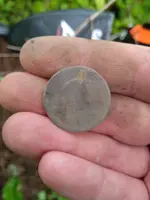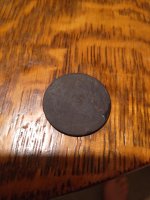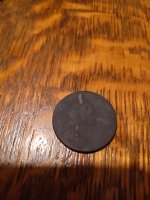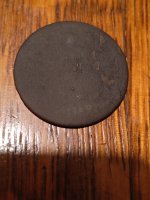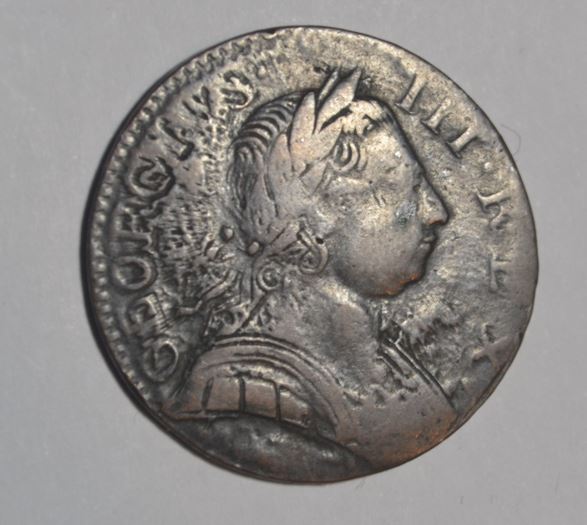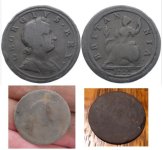EnvoyToTheMolePeople
Sr. Member
- Oct 1, 2018
- 425
- 654
- Detector(s) used
- Garrett AT Max
- Primary Interest:
- All Treasure Hunting
I posted my first 1700s coin last week, but now I need some help identifying it. Based on what little text remains, the face is definitely George I and definitely not George II or III. The date can't be read easily from a picture, but it's definitely 1757 or 1759. So I'm reasonably certain this coin is a King George I 1757 half penny, but George I had been dead for 30 years in 1757 and any coin minted then should have been a George II. The coin is also 6.4 grams, as opposed to 10.8 that it should be. The diameter is correct, at 27.1 mm compared to a typical 28 mm. Based on testing, the coin is 96% Copper. Does anybody know why George I is on a much later coin?


